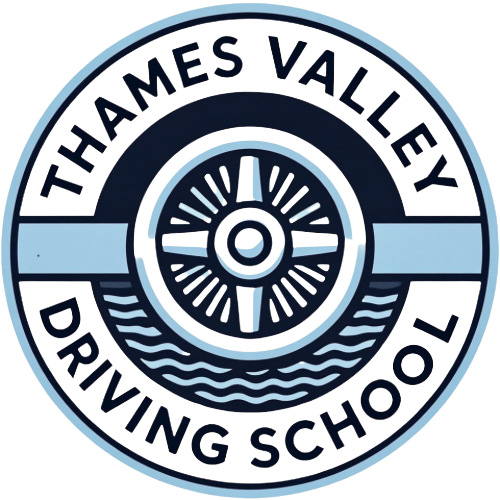Learning to drive is an exciting journey, but the time it takes to become a competent driver varies significantly from person to person. The DVSA (Driver and Vehicle Standards Agency) in the UK estimates that it typically takes around 45 hours of professional lessons and 20 hours of private practice to become test-ready. However, many factors can affect this timeline. Here’s what you need to know about how long it takes and, more importantly, how you can learn faster.
Everyone Learns at Their Own Pace
It’s crucial to remember that every learner is different. Some people might pick up driving skills quickly, while others need more time to build confidence and master manoeuvres. Your learning pace can depend on several factors, such as:
- Previous experience: Those who have driven off-road or practiced in private settings may have a head start.
- Confidence and anxiety levels: Higher levels of anxiety can slow the process, while a calm and focused mindset promotes faster learning.
- Age and coordination: Younger drivers often pick up motor skills faster, but older learners can still excel with the right approach.
Don’t be disheartened if your progress seems slower than someone else’s. The key is to focus on becoming a safe and competent driver, not just passing the test as quickly as possible.
What You Can Do to Speed Up Your Learning
While it’s important to respect your unique learning curve, there are proven strategies to help accelerate the learning process. Here are some tips to make your lessons more effective:
a. Consistent Practice is Key
- Regular, spaced lessons are more effective than sporadic sessions. Aim to take at least 2-3 lessons per week if possible, so you retain information and build on each session without needing extensive revision.
- Supplement your lessons with private practice if you have access to a car. Practicing outside of lessons allows you to reinforce what you’ve learned and get comfortable with different road conditions.
b. Use Learning Aids and Resources
- Leverage apps like the DVSA’s “Official Driving Theory Test Kit” to master the theory side, hazard perception, and road signs.
- Watch tutorial videos on manoeuvres or driving skills to get visual and practical insights.
- Use driving simulators if available, as they can help develop spatial awareness and reaction times.
c. Create a Learning Plan with Your Instructor
- Discuss your goals and timeline with your instructor. Ask them to tailor a structured lesson plan that targets your weaknesses and progressively builds your skills.
- Consider intensive courses if you prefer a faster pace, but only if you’re confident that you can handle the intensity.
d. Focus on Specific Skills Each Session
- Instead of trying to learn everything at once, break down lessons into manageable topics—such as roundabouts, parallel parking, or hill starts.
- Review your lessons with your instructor, and ask for feedback on specific areas you’re struggling with.
Practice Mindfulness and Mental Preparation
Your mindset can significantly influence your learning speed. Taking the time to mentally prepare for each lesson, visualize successful driving scenarios, and manage stress levels can help you absorb information more effectively.
Tips for staying calm and focused:
- Practice deep breathing before starting each session.
- Focus on one skill at a time instead of trying to achieve perfection in every aspect.
- Accept mistakes as part of the learning process—they provide valuable learning opportunities.
Prepare Thoroughly for the Theory Test Early On
Completing your theory test early in your learning process frees up mental space to focus entirely on practical driving skills. Many learners find that once they’ve passed their theory test, their practical learning progress accelerates.
- Use a structured study plan for the theory test and practice hazard perception regularly.
Take Mock Tests Regularly
Once you’ve covered all the basics, try to take mock driving tests under exam conditions. This helps identify any areas of weakness and gets you accustomed to the pressure of the real test environment. By simulating the test experience, you’ll also become more comfortable with the format and expectations, reducing nerves on the actual day.
Remember: Quality over Speed
Ultimately, the goal isn’t just to pass the test as quickly as possible—it’s to develop the skills and confidence to be a safe driver for life. So, while using good learning techniques, regular practice, and effective preparation can speed up the process, make sure to prioritize mastering the fundamentals.
With patience, consistency, and the right approach, you’ll soon be ready to hit the road confidently!
